Search The Collection
Filter By
Object Type / Material
Geographic Location
Date / Era
Department
Show Only:
- As part of the Met's Open Access policy, you can freely copy, modify and distribute this image, even for commercial purposes.APIPublic domain data for this object can also be accessed using the Met's Open Access API
- Objects with changed or unknown ownership in continental Europe between 1933-1945. Learn more
Showing 2,202 results for possibly Italian or Spanish
Sort By:
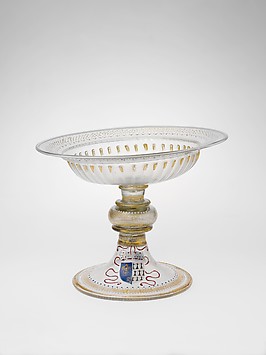
Italian
1499–1514
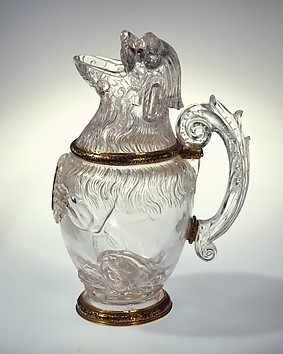
Italian
second half 16th century and second half 19th century
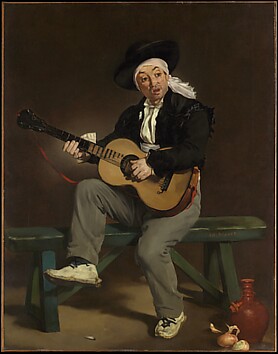
Edouard Manet
1860
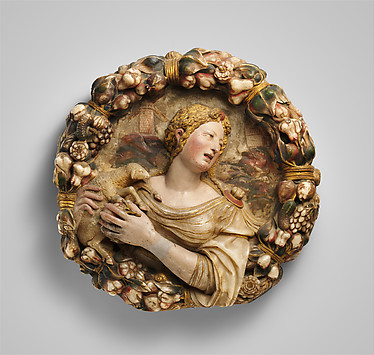
Diego de Tiedra
mid-16th century
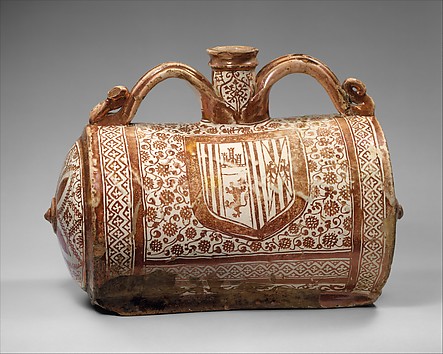
Spanish, Valencia
first half 16th century
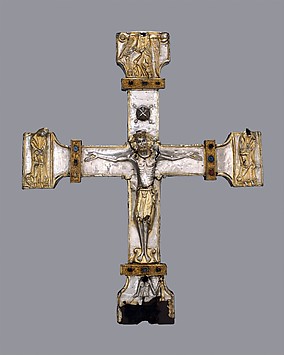
Spanish
ca. 1150–75
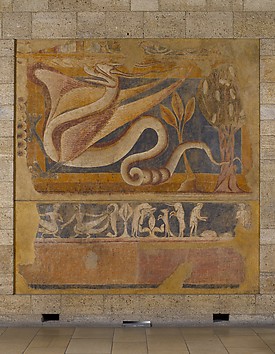
Spanish
after 1200
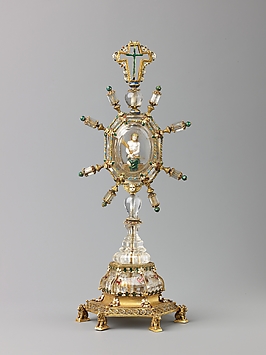
Spanish
late 19th century
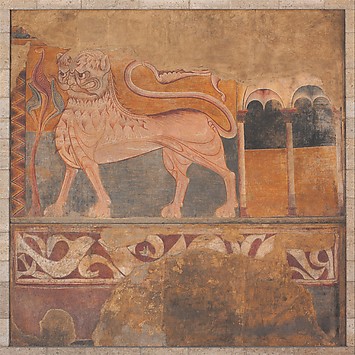
Spanish
after 1200
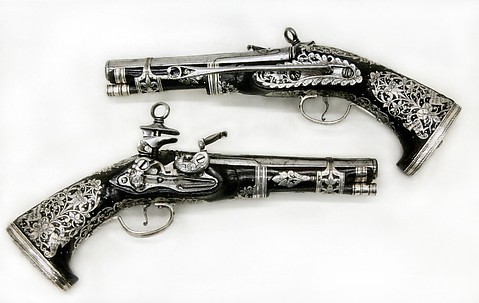
Francisco Pintan
dated 1757
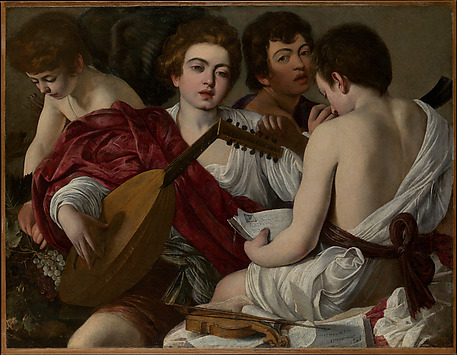
Caravaggio (Michelangelo Merisi)
1597
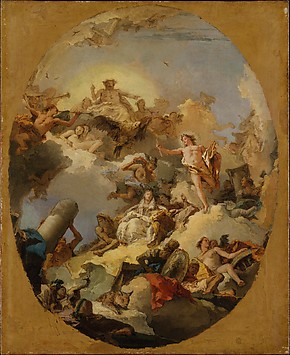
Giovanni Battista Tiepolo
1760s

Giovanni Battista Tiepolo
1760s
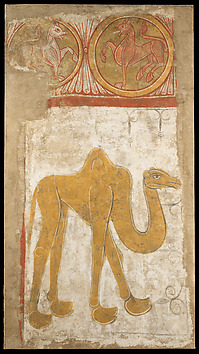
Spanish
first half 12th century (possibly 1129–34)
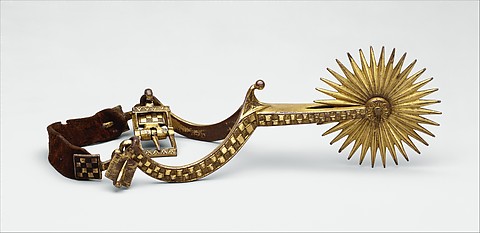
French or Spanish, Catalonia
ca. 1400
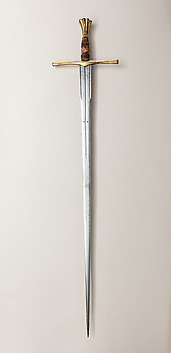
probably Italian or Spanish
ca. 1500

Colonna
ca. 1600
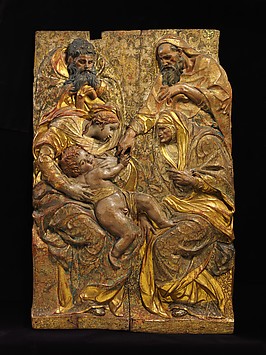
Diego de Pesquera
1567–68
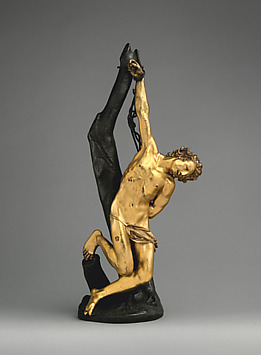
Pietro Tacca
statuette: 17th century; trunk: 19th century or later
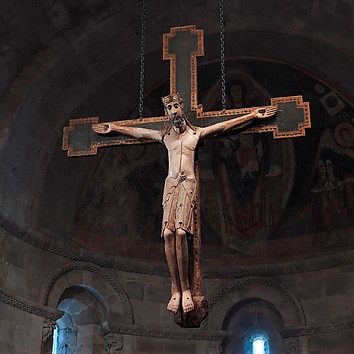
Spanish
ca. 1150–1200
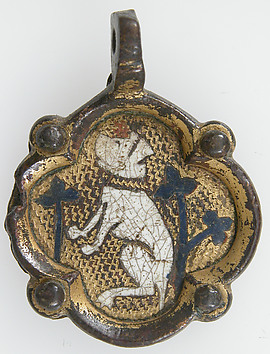
possibly Spanish
13th–early 15th century
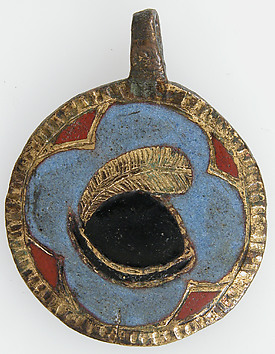
possibly Spanish
13th–early 15th century
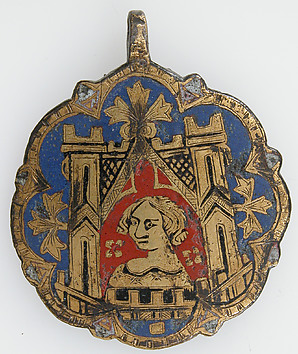
possibly Spanish
13th–early 15th century
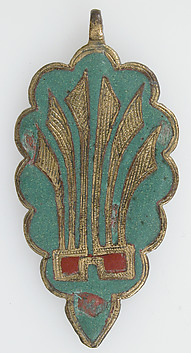
possibly Spanish
13th–early 15th century
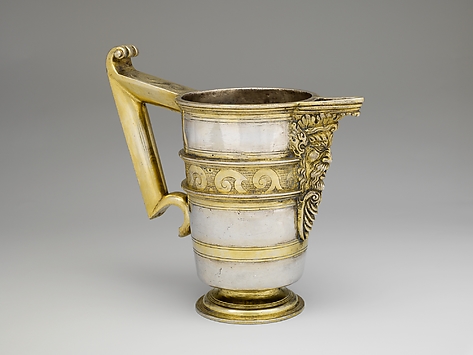
Hernando Solis
late 16th century
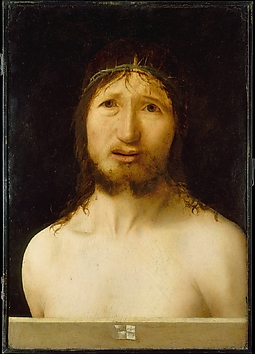
Antonello da Messina (Antonello di Giovanni d'Antonio)
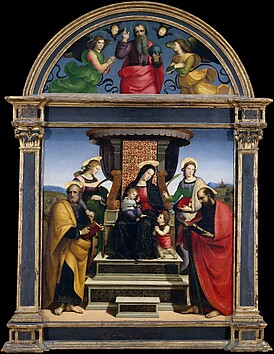
ca. 1504
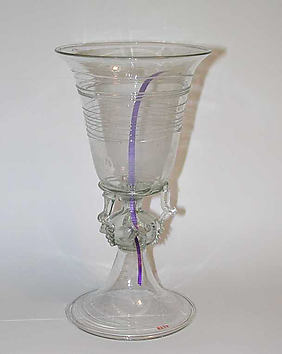
Spanish, possibly Catalonia or Dutch
17th century

Spanish
late 12th or early 13th century
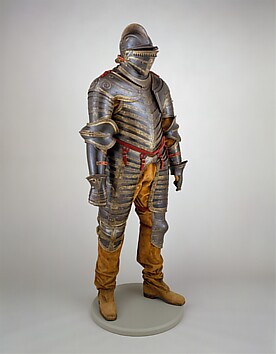
Italian, Milan or Brescia
ca. 1544
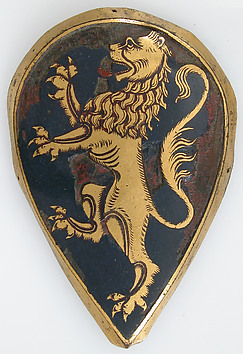
Italian or Spanish
ca. 1300
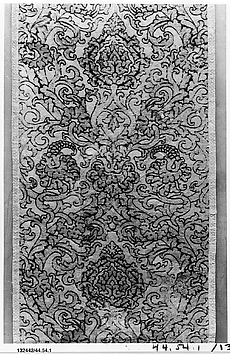
Italian or Spanish
second half 16th century
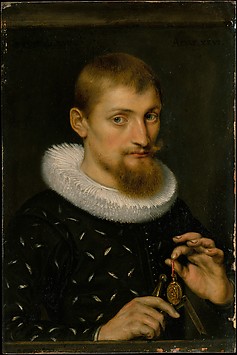
Peter Paul Rubens
1597
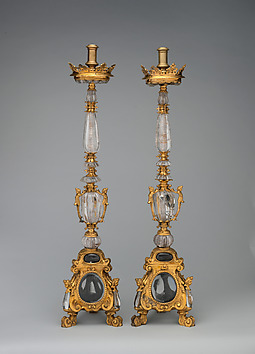
Italian, possibly Naples
ca. 1620–40
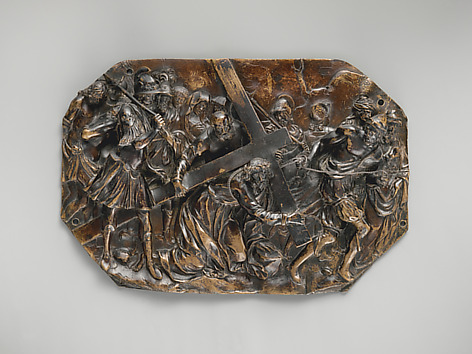
Ferdinando Tacca
mid-17th century

Caravaggio (Michelangelo Merisi)
1610
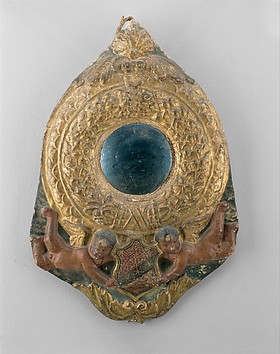
Benedetto da Maiano
ca. 1480
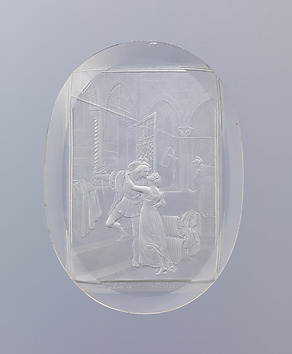
Giovanni Beltrami
crystal 1824, frame possibly contemporary
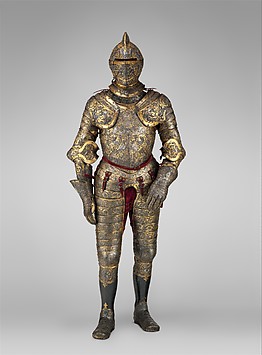
Jean Cousin the Elder
ca. 1555
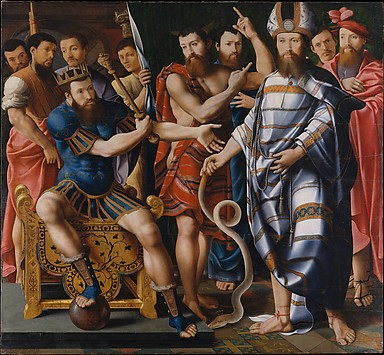
Master of the Dinteville Allegory
1537